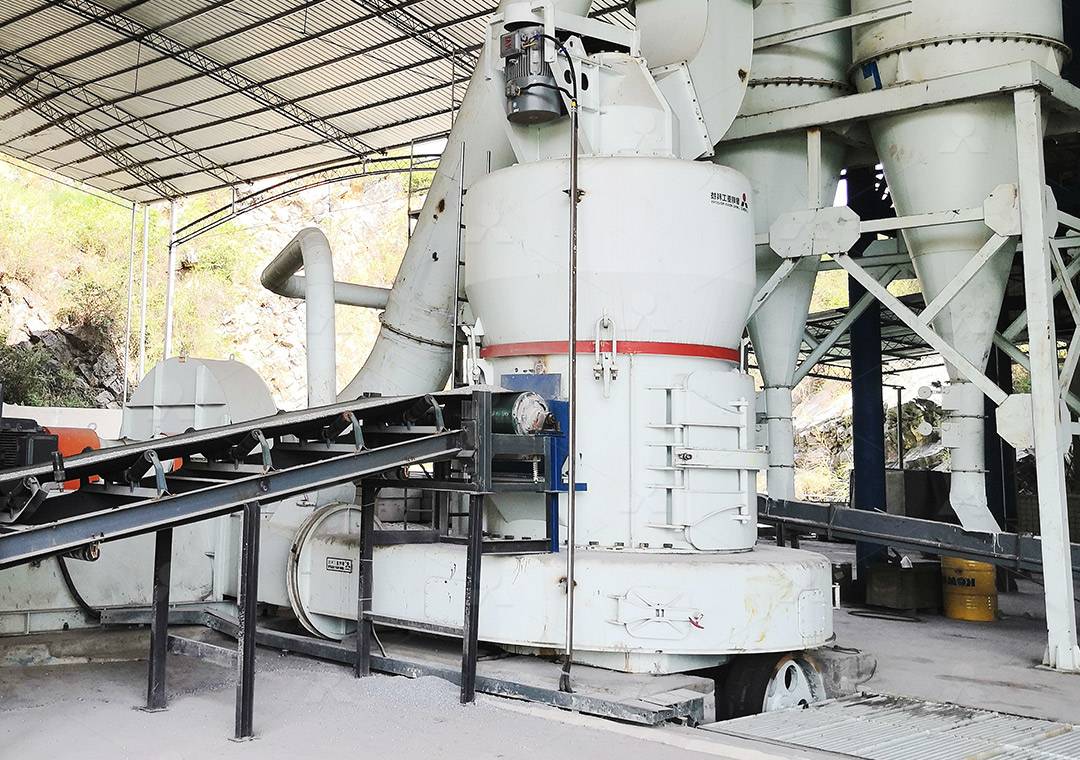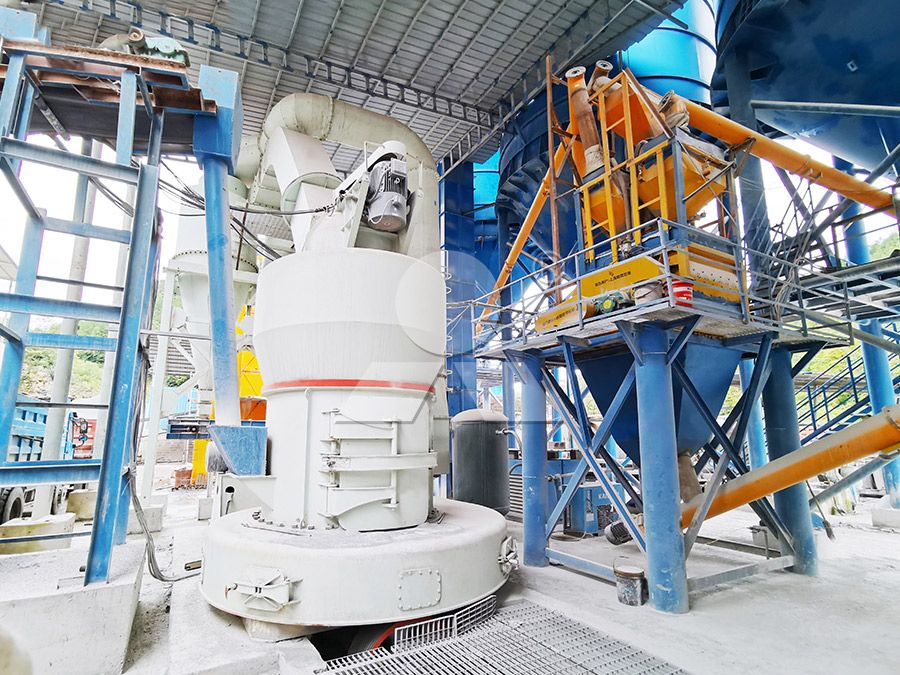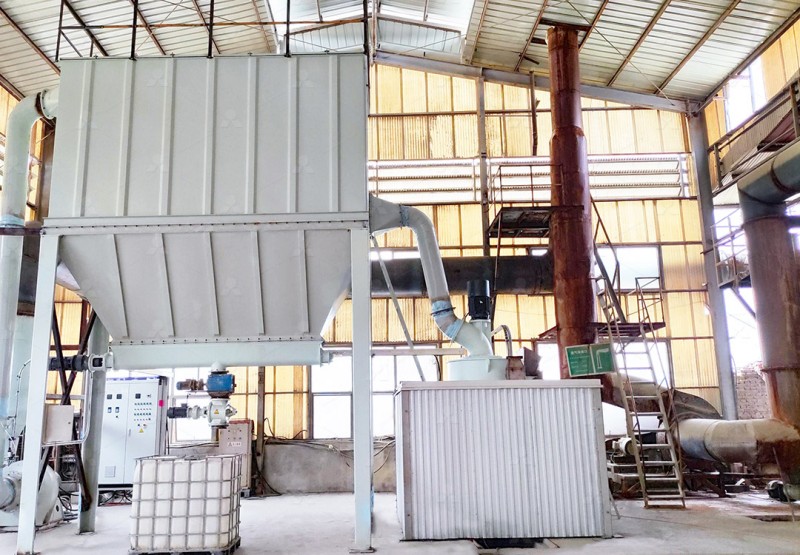MTW European Mill Noise Reduction Technology in Centrifugal Ring Roller Grinding
Advancing Industrial Grinding Through European Engineering Excellence
In today’s demanding industrial environments, noise pollution has become a critical concern that directly impacts worker safety, regulatory compliance, and community relations. The grinding industry faces particular challenges in this regard, where traditional milling operations often generate excessive noise levels that exceed occupational safety standards. Addressing this issue requires innovative engineering solutions that maintain production efficiency while significantly reducing acoustic emissions.

The MTW European Trapezium Grinding Mill represents a paradigm shift in noise-controlled grinding technology. Through sophisticated engineering design and advanced material science, this equipment achieves remarkable noise reduction without compromising grinding performance. The secret lies in its integrated approach to vibration dampening, airflow management, and mechanical optimization.
Core Noise Reduction Technologies
Several proprietary technologies work in concert to achieve the MTW European Mill’s exceptional acoustic performance. The elastic volute damping structure effectively absorbs vibrational energy that would otherwise translate into audible noise. This system incorporates specialized elastic components between the volute and engine base, combined with strategically placed rubber shock pads that isolate vibration transmission pathways.
The cambered air duct design represents another breakthrough in noise control. Unlike traditional straight air ducts that create turbulent, noisy airflow, the curved pathway ensures smooth air movement with minimal resistance. This not only reduces energy consumption by approximately 15-20% but also significantly lowers the aerodynamic noise generated during operation.

Perhaps most importantly, the MTW European Mill incorporates a comprehensive thin-oil lubrication system that eliminates the metal-on-metal friction responsible for high-frequency noise in conventional mills. This automated lubrication system ensures optimal film thickness between moving components, reducing both wear and acoustic emissions.
Integrated Environmental Control Systems
Beyond the core mechanical innovations, the MTW European Mill features integrated environmental control systems that further enhance its quiet operation. The equipment comes standard with professional-grade silencers and noise elimination chambers that can reduce operational noise by up to 40% compared to conventional grinding mills.
The efficient pulse dust collector represents another critical component in the noise reduction ecosystem. By maintaining consistent negative pressure within the grinding chamber and filtration system, it prevents the escape of both particulate matter and sound waves. This closed-system approach creates a contained acoustic environment where noise is managed at multiple points throughout the material processing pathway.
Application-Specific Performance
For operations requiring ultra-fine powder production with strict noise limitations, we particularly recommend our MW Ultrafine Grinding Mill. This specialized equipment builds upon the MTW European Mill’s noise reduction foundation while delivering exceptional performance in the 325-2500 mesh range. With an input size capacity of 0-20 mm and throughput of 0.5-25 tph, it represents the ideal solution for noise-sensitive environments requiring high-precision grinding.
The MW Ultrafine Grinding Mill incorporates several noise-specific enhancements, including an advanced muffler system and optimized grinding chamber geometry that minimizes acoustic resonance. The absence of rolling bearings and screws in the grinding chamber eliminates common failure points while reducing maintenance-related noise. External lubrication points enable continuous operation without shutdowns, maintaining consistent noise profiles throughout production cycles.

Another excellent option for noise-controlled applications is our LUM Ultrafine Vertical Grinding Mill, which employs German powder separating technology and Taiwanese grinding roller innovations to achieve whisper-quiet operation. Its double position-limiting technology prevents the destructive impacts that generate sudden noise spikes, while the reversible structure simplifies maintenance without compromising acoustic performance.
Measuring the Impact
Independent testing has demonstrated that the MTW European Mill operates at noise levels 8-12 dB lower than comparable conventional equipment. This reduction represents approximately 60-75% less acoustic energy reaching operators and surrounding environments. The significance of this achievement becomes clear when considering that a 10 dB reduction is perceived by the human ear as approximately halving the loudness.
Furthermore, the consistent noise profile of these mills eliminates the sudden spikes and variations that are particularly disruptive in industrial settings. This predictable acoustic environment enables better workforce planning, reduces hearing protection requirements, and facilitates compliance with increasingly stringent noise regulations.
Frequently Asked Questions
How does the MTW European Mill compare to traditional Raymond mills in terms of noise generation?
The MTW European Mill typically operates 10-15 dB quieter than traditional Raymond mills due to its integrated noise reduction systems, including the elastic volute damping structure, cambered air ducts, and advanced lubrication technology.
Can the noise reduction features be retrofitted to existing grinding equipment?
While some components like silencers can be added to existing equipment, the comprehensive noise reduction achieved by the MTW European Mill requires integrated design from the ground up. The synergistic effect of multiple technologies working together cannot be fully replicated through retrofitting.
Does the focus on noise reduction compromise grinding efficiency or product quality?
Quite the opposite – the noise reduction technologies often enhance overall performance. For example, the cambered air ducts that reduce noise also improve airflow efficiency, while the advanced lubrication system that minimizes acoustic emissions also extends component life and maintenance intervals.
What maintenance is required to maintain the noise reduction performance over time?
Regular maintenance of the lubrication system, inspection of vibration dampeners, and cleaning of air pathways will ensure consistent noise performance. The MW Ultrafine Grinding Mill’s external lubrication points make these maintenance tasks particularly straightforward without requiring production shutdowns.
Are there specific applications where the noise reduction features provide particular benefits?
Urban manufacturing facilities, plants located near residential areas, and operations with strict occupational safety requirements benefit most. Additionally, the consistent noise profile is valuable in laboratory settings, food processing facilities, and any environment where worker communication is essential for safety and efficiency.
